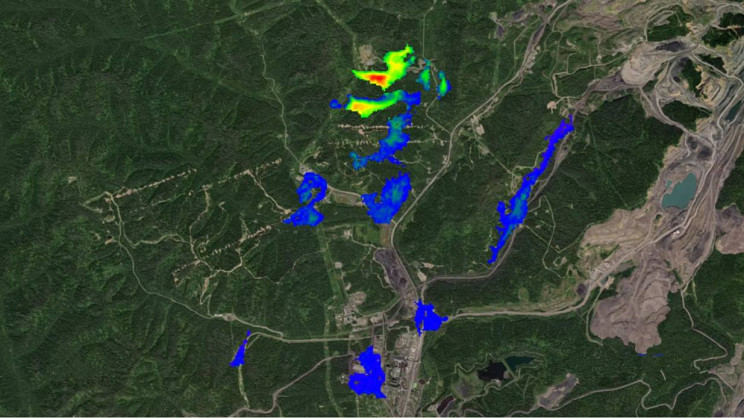From Theoretical Physics to Computer Science
According to the Institute of Advanced Study (IAS) quantum computer researcher Andris Ambainis, “the story of quantum computers begins in 1981 with Richard Feynman, probably the most famous physicist of his time. At a conference on physics and computation at the Massachusetts Institute of Technology, Feynman asked the question: Can we simulate physics on a computer?”
Fast-forward 33 years to today and according to Ambainis “the new goal (of quantum computing) is to manipulate and control quantum systems so that they behave in a prescribed way.”
Ambainis goes on to point out the superiority of quantum computers vis-à-vis conventional computers. “A conventional computer processes information by encoding it into 0s and 1s. If we have a sequence of thirty 0s and 1s, it has about one billion possible values. However, a classical computer can only be in one of these one billion states at the same time. A quantum computer can be in a quantum combination of all of those states, called superposition. This allows it to perform one billion or more copies of a computation at the same time. In a way, this is similar to a parallel computer with one billion processors performing different computations at the same time—with one crucial difference. For a parallel computer, we need to have one billion different processors. In a quantum computer, all one billion computations will be running on the same hardware. This is known as quantum parallelism.”
Recent Breakthroughs
Last year, IndustryTap reported in “Solid Light Crystals: A New Peek Into The Fundamental Nature Of Matter” on a breakthrough in which light was, for the first time, transformed into solid crystals and changed the behavior of photons.
Last week, theoretical physicists at the National Institute of Standards and Technology (NIST) and the University of Maryland reported working toward bringing particles of light or photons together to create a combination of energy, mass, and position that results in a stable relationship. This research is an extension of work reported by Phys.org in a 2013 report entitled “Scientists Create Never-Before-Seen Form of Matter“.
In effect, two photons are bound together and could possibly be assembled into switches or logic gates to link and manipulate data in quantum computers.
According to Alexey Groshkov of NIST, “it’s not a molecule per se, but you can imagine it as having a similar kind of structure.” In a paper published by NIST last week, the research and recent advances are explained in detail.






